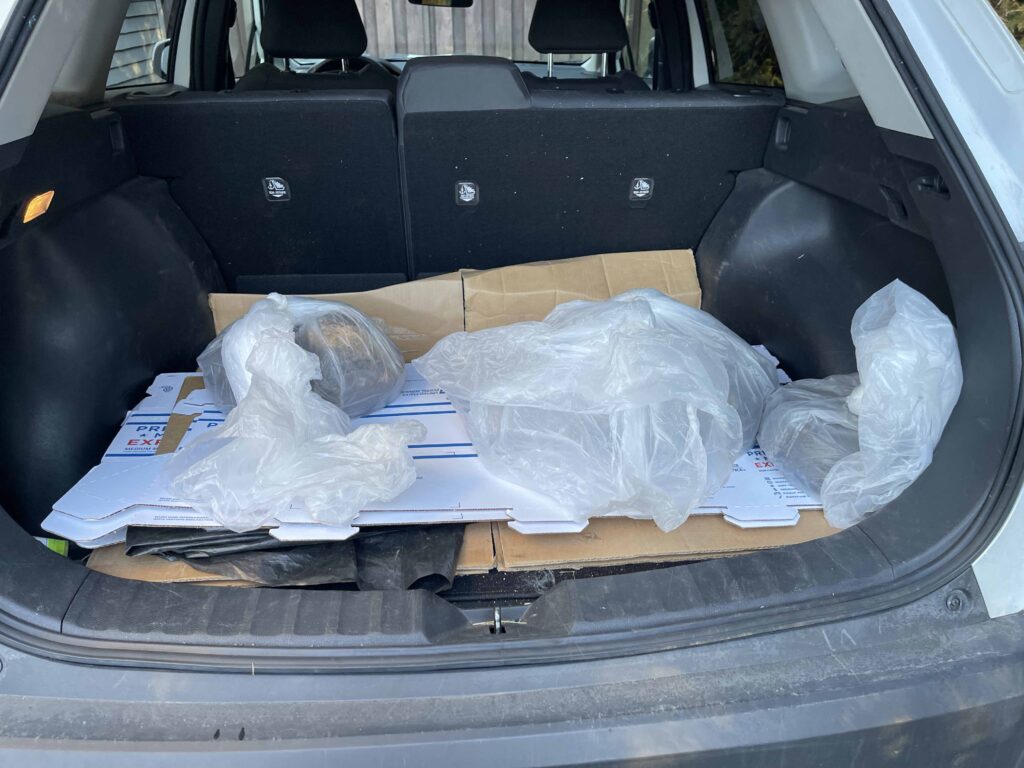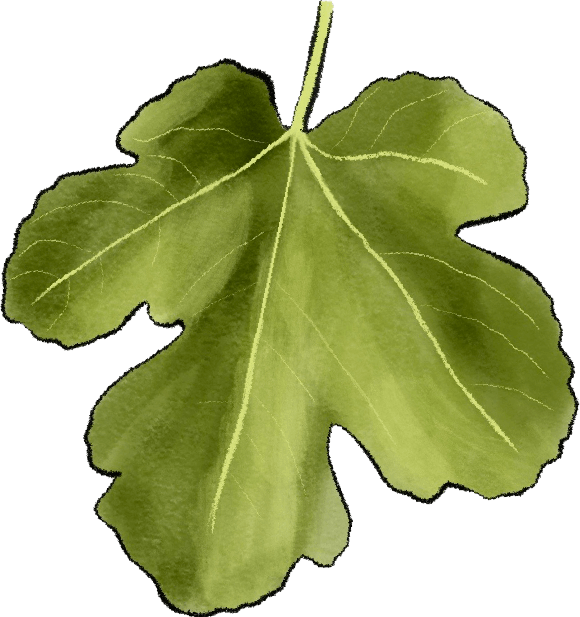A heartfelt thank you to the wonderful staff at Starbucks in Newburgh, New York, for their generosity in providing local gardeners with spent coffee grounds. Their contribution is not only a kind gesture but also an invaluable resource for those of us dedicated to enriching our soil naturally.
I personally incorporate spent coffee grounds into my compost heap, using them as a nutrient-rich addition to balance my organic matter. In the fall of 2024, I found myself with an overabundance of leaves, which can take quite a while to break down on their own. To accelerate decomposition and create a well-balanced compost, I’ve been actively mixing in a variety of organic materials—vegetable clippings, tea bags, paper towels, fruit scraps, and, of course, plenty of water.
One of the biggest beneficiaries of this process? Earthworms! These incredible soil engineers absolutely love spent coffee grounds. By spring, they’ll have feasted on the rich organic matter, transforming it into nutrient-dense castings that will further enhance my garden’s soil. Thanks to Starbucks’ generosity and a little composting magic, my plants will have access to a natural, sustainable boost for the growing season ahead!
Time and time again, I hear enthusiastic new gardeners dreaming up grand plans to create elaborate gardens—often in the heat of July. While the passion is admirable, the reality is that a thriving organic garden doesn’t just happen overnight. It requires foresight, preparation, and a deep understanding of the natural cycles that govern plant growth.
A truly successful organic garden is built on a foundation of careful planning. Selecting the right location, preparing nutrient-rich soil, and considering companion planting strategies all take time and thought. Starting seeds, nurturing young plants, and managing soil health aren’t tasks that can be rushed. The earlier you start planning—preferably in late winter or early spring—the better your chances of cultivating a flourishing, productive garden.
Gardening isn’t just about planting; it’s about creating an ecosystem that supports life in a sustainable, balanced way. So, while July might be a bit late to start from scratch, with a little planning and preparation, next season’s garden can be even better than imagined!
Very soon, I’ll be up-potting a large number of my rooted fig cuttings, and that means I’ll need a generous supply of high-quality soil to give them the best possible start. Of course, I could take the easy route—head to the store and grab a few bags of the cheapest dirt available. But that’s not my style.
Instead, I take a more thoughtful, intentional approach. I want to provide my fig cuttings with the best soil I can get my hands on, and for that, my compost is my most trusted ally. It’s rich, full of life, and teeming with the essential nutrients young plants need to establish strong, healthy roots.
Every handful of compost represents months of careful nurturing—a blend of decomposed leaves, vegetable scraps, coffee grounds, and other organic matter that has broken down into a nutrient-dense, soil-enhancing powerhouse. By using my own compost, I’m not only ensuring my fig trees get the best growing medium possible, but I’m also creating a sustainable, closed-loop system that benefits my entire garden.
For me, gardening isn’t just about growing plants—it’s about working with nature, enriching the soil, and ensuring that every plant I care for has the strongest foundation possible. And when it comes to up-potting my precious fig cuttings, only the best will do!
If you’d like to reach out to me privately, please use the contact form on this site.
Subscribe to receive blog updates by email.
Stay tuned, keep on rootin’ and happy growing!




Leave a Reply